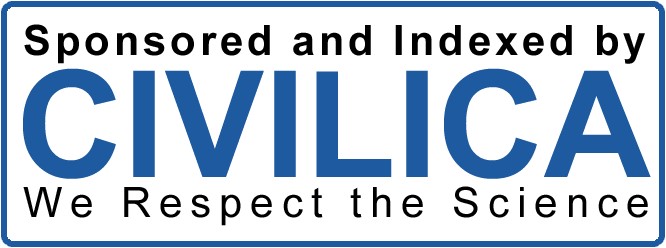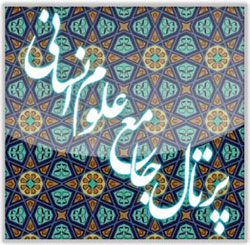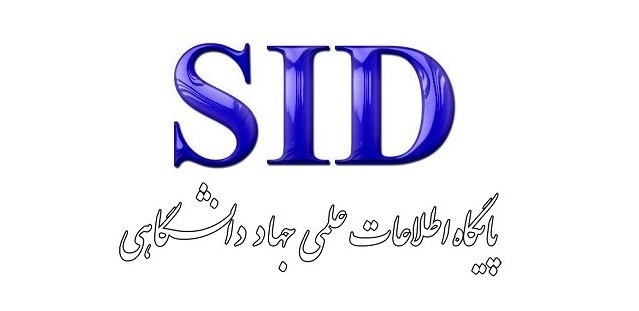راهکارهای تحقق مولفه تمدن ساز اقتصاد بر اساس بیانیه گام دوم انقلاب اسلامی
کلمات کلیدی:
اقتصاد , تمدن نوین اسلامی , پیشرفت, گام دوم انقلاب اسلامی, راهکارهای عملیچکیده
بیانیه گام دوم انقلاب اسلامی که در سال ۱۳۹۷ توسط مقام معظم رهبری صادر شد، بهمنزله نقشه راهی برای پیشرفت و تعالی کشور در ابعاد مختلف، از جمله حوزه اقتصاد، مطرح است. اقتصاد بهعنوان یکی از مؤلفههای کلیدی در رشد و توسعه جامعه، نقشی بنیادین در شکلگیری تمدن نوین اسلامی ایفا میکند. تحلیل این مؤلفه در پرتو مطالعات دقیقتر درباره انقلاب اسلامی میتواند به درک عمیقتری از جایگاه اقتصاد در تمدنسازی و تأثیر آن بر نظامهای اقتصادی جهانی بینجامد. پژوهش حاضر با هدف بررسی اقتصاد بهعنوان یکی از عناصر اساسی در فرآیند تمدنسازی، به روش توصیفی–تحلیلی و از طریق تحلیل محتوای بیانیه گام دوم انقلاب و بیانات مقام معظم رهبری بهصورت کتابخانهای انجام شده است. یافتهها نشان میدهد تحقق مؤلفه تمدنی اقتصاد ارتباط مستقیمی با توسعه دانش، بهرهگیری از توانمندیهای مردمی و ظرفیتهای داخلی، تعامل اقتصادی با کشورهای همسو، جلوگیری از فرار مغزها و بهکارگیری آنها در بخشهای مختلف اقتصادی، تقویت روابط فرامرزی و توسعه زیرساختهای راهبردی دارد. در این میان، نقش مدیران و سیاستگذاران در حمایت، تسهیلگری و اقدام عملیاتی، بسیار تعیینکننده است.
مراجع
Alaei, H. (2011). Influential Components on the Islamic-Iranian Model of Progress with Regard to the Experiences of the Sacred Defense Era. Journal of Defense Policy, 74.
Durant, J. W. (1958). The Story of Civilization: Our Oriental Heritage. Organization for Publications and Education of the Islamic Revolution.
Jafari, M. T. (1978). Translation and Interpretation of Nahj al-Balagha (Vol. 16). Daftar Nashr-e Farhang-e Eslami.
Marshall, A., & Marshall, M. P. (1879). The Economics of Industry. Macmillan.
Nakhaei Aghmioni, M., & Najjarzadeh, R. (2003). Key Words of Micro and Macro Economics. Chap and Nashr-e Bazargani.
Nazarpour, M. T. (2017). Islamic Banking. SAMT Publications.
Oxford, U. (2001). Oxford English Dictionary. Rahnama.
Sheikh Tusi, M. (2009). Amali (Vol. 1). Andisheh Hadi.
Zamani, M. (2017). Islam and the New Civilization. Payam-e Eslam.
دانلود
چاپ شده
ارسال
بازنگری
پذیرش
شماره
نوع مقاله
مجوز
حق نشر 2025 Mohammad Mehdi Bagheri (Author); Alireza Golshani (Corresponding author); Alireza Biyaban Navard Sarvestani (Author)

این پروژه تحت مجوز بین المللی Creative Commons Attribution-NonCommercial 4.0 می باشد.








